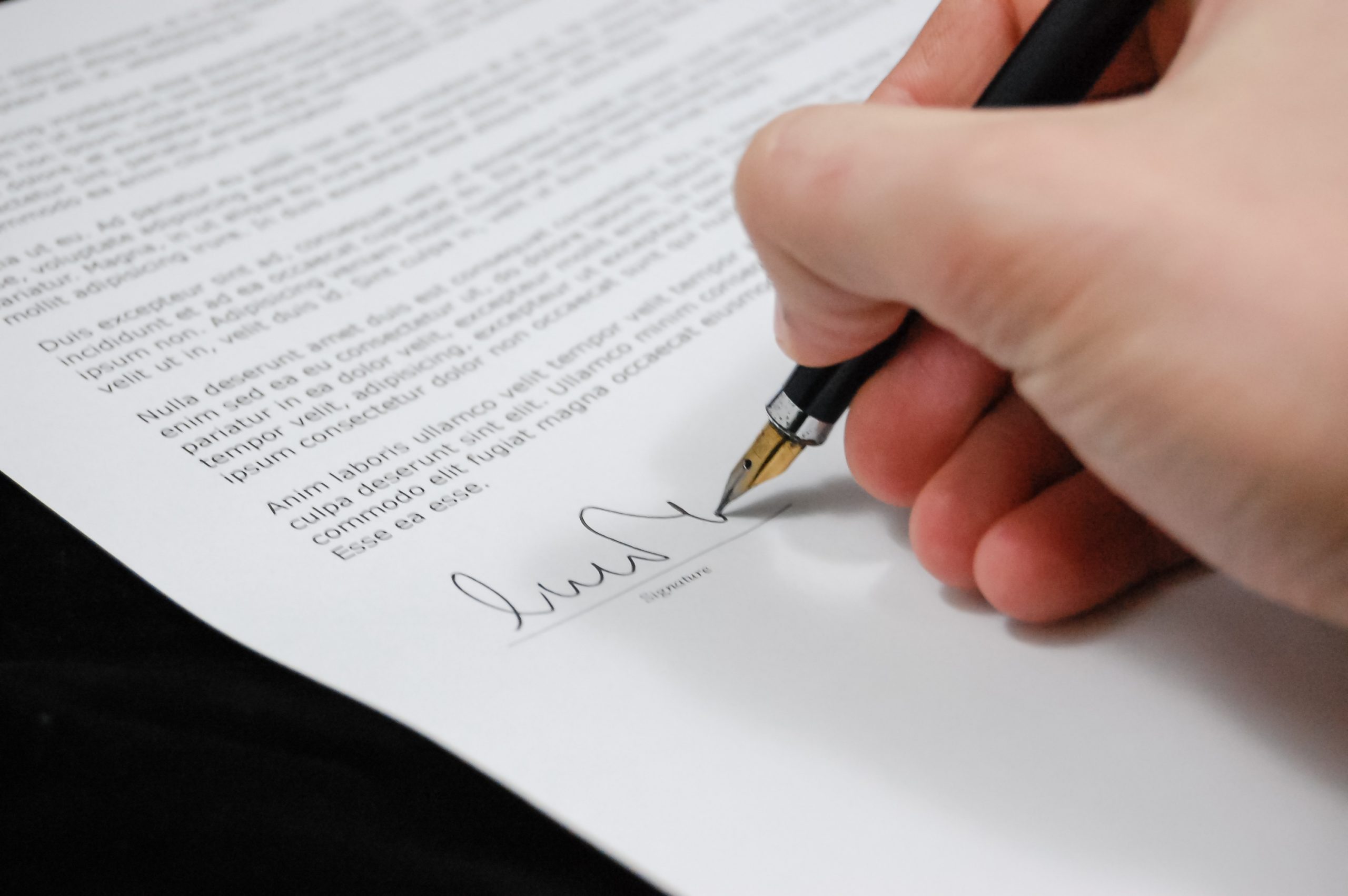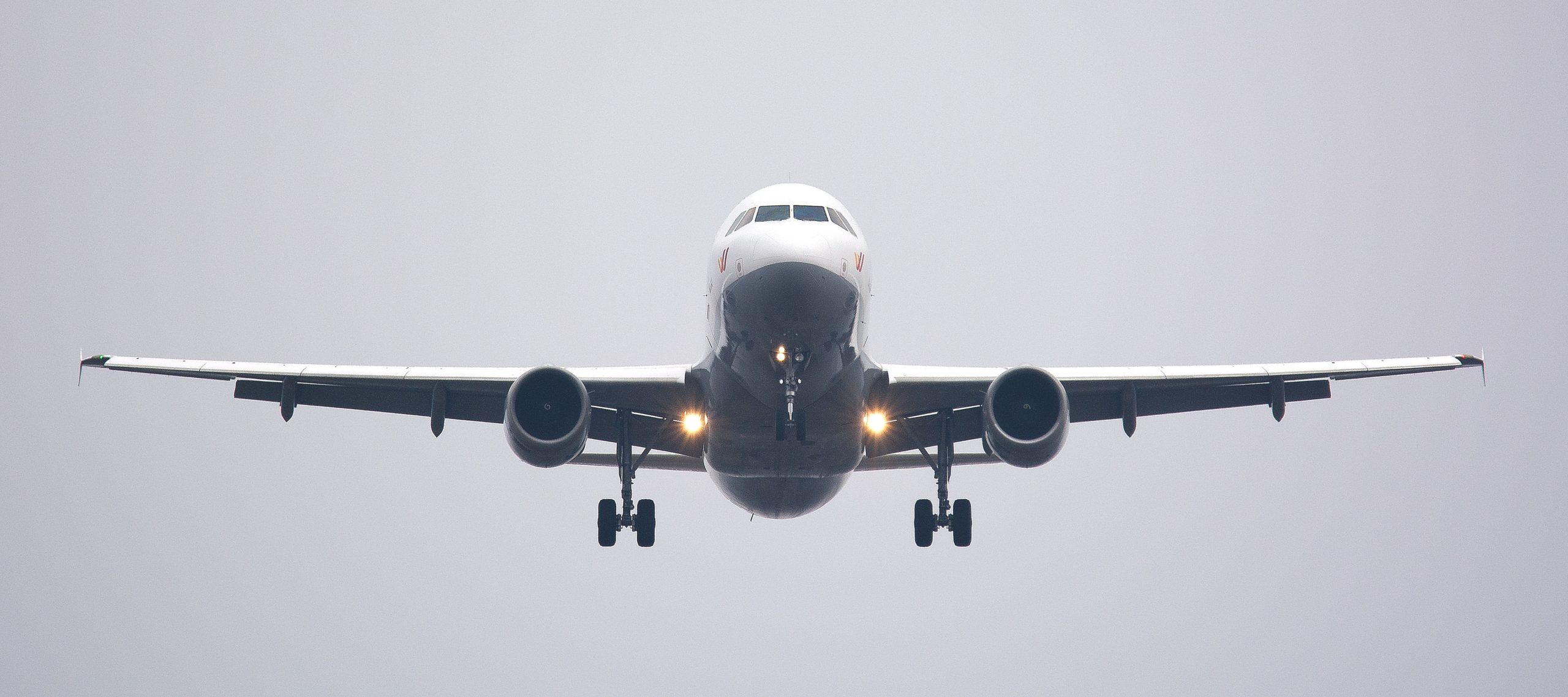
7 things to know about the drone rules proposed by Europe
 With millions of drones already in operation in the European Union, the risk of a UAV colliding into a manned aircraft, damaging critical infrastructure, or invading a person’s privacy has become suddenly all too real. Understandably, the civil aviation agency is working to regulate the air space by laying down rules with regards to unmanned aircraft systems. Last week, the European Aviation Safety Agency (EASA) proposed rules that it hopes would address both safety concerns and privacy risks. These regulations would be applicable to drones that weigh more than 250 g but less than 150 kg.
With millions of drones already in operation in the European Union, the risk of a UAV colliding into a manned aircraft, damaging critical infrastructure, or invading a person’s privacy has become suddenly all too real. Understandably, the civil aviation agency is working to regulate the air space by laying down rules with regards to unmanned aircraft systems. Last week, the European Aviation Safety Agency (EASA) proposed rules that it hopes would address both safety concerns and privacy risks. These regulations would be applicable to drones that weigh more than 250 g but less than 150 kg.
Here’s what you need to know:
- The person operating a drone is responsible for the safe operation of that UAV and ensuring that no drone is flying too close to an emergency response service
- All people who are operating drones weighing more than 250 g need to register themselves as operators
- Any drone that weighs more than 900 g needs to be registered and fitted with geofencing technology so that it cannot enter prohibited areas
- Any drone equipped with an audio sensor or a camera of more than 5 MP and a real-time video transmission link must be remotely identifiable
- Manufacturers must include a leaflet in the UAV packaging detailing the rules of conduct and the main pointers of EU drone rules
- All drones must carry a label which defines the class it belongs to (C0 to C4), so an operator will immediately know the operational limitations it needs to comply with
- EU member states have the flexibility of designating airspace areas as special zones where the entry of UAVs may be prohibited or restricted
EASA has also explained how the proposed rules address the following issues:
Safety: Geofencing reduces the air risk when zones are created for the protection of aerodromes
Law enforcement: Registration and electronic identification allow taking action against a negligent or reckless operator
Security: Electronic identification and geofencing contribute to addressing the security risk through identification of potential threats or the designation of zones for the protection of sensitive installations
Privacy: Electronic identification contributes to the law enforcement of privacy rights and geofencing contributes to addressing the privacy risk through the creation of zones for the protection of the privacy of a community
This regulation shall enter into force on the day following that of its publication in the Official Journal of the European Union (estimate 2018). Currently, EASA is inviting comments and feedback from all stakeholders from May 12 to August 12, post which a final proposal will be submitted to the European Union by the end of 2017. To read the complete proposal document, click here.
Related: This great infographic shows the evolution of drones over the past decades








